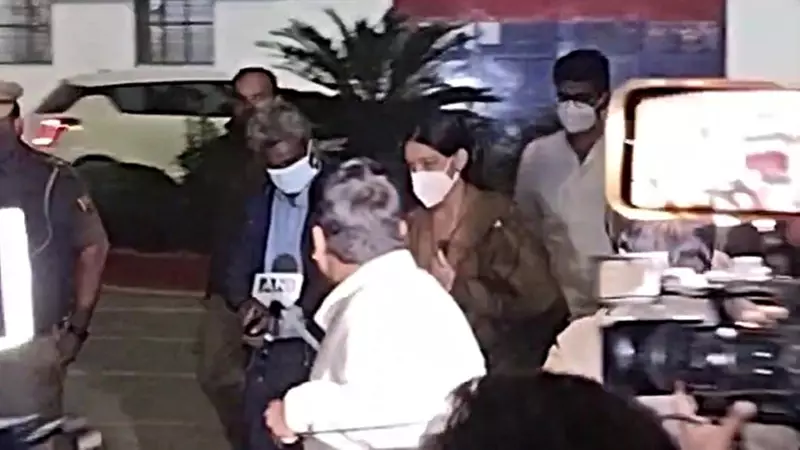
Nithari Case: A Landmark Judicial Correction
The Supreme Court of India delivered a momentous verdict on November 11, 2025, using its curative powers to set aside its own 2011 ruling that had confirmed the death sentence for Surendra Koli in the notorious Nithari killings case. The court described the earlier judgment as "a manifest miscarriage of justice", marking a significant turning point in one of India's most controversial criminal cases.
How the Investigation Unraveled
The Supreme Court's detailed examination revealed critical flaws in the investigation process that led to Koli's wrongful conviction. The bench highlighted that two contradictory outcomes had emerged from identical evidence - the same confession and recoveries that formed the basis of conviction in one case had been rejected in twelve other related cases.
The investigation suffered from multiple procedural violations including 60 days of continuous police custody for the accused, confessions recorded without meaningful access to legal counsel, and the presence of investigating officers during confession recordings. Recovery operations were conducted from locations already known to the public, compromising the integrity of evidence collection.
Forensic evidence presented significant gaps in the prosecution's case. Scientific teams failed to find traces of blood, tissue, or human remains consistent with multiple homicides and dismemberment inside the house where the crimes allegedly occurred. While DNA evidence successfully established victim identities, it could not conclusively connect Koli to the actual murders.
Media Trial and Public Pressure
The Nithari case became a textbook example of how media narratives can influence judicial outcomes. From the initial discovery of human remains in Noida, the case transformed into a national spectacle with television channels and newspapers presenting guilt as established fact long before court proceedings began.
Prime-time television anchors filled investigative gaps with speculation and imagination, creating a public environment where due process became viewed as an obstacle to justice rather than its foundation. The accused was effectively tried and convicted in the court of public opinion, putting immense pressure on investigative agencies and the judicial system to deliver quick results.
This phenomenon isn't unique to India, as demonstrated by international cases like the Amanda Knox prosecution in Italy and the Central Park Five wrongful convictions in the United States. In each instance, media attention amplified public fear and simplified complex legal realities.
Systemic Failures in Criminal Justice
The Nithari judgment exposes deeper problems within India's criminal justice system. The investigation demonstrated an over-reliance on confession-based evidence while undervaluing scientific investigation methods. When investigations begin with presumption of guilt, subsequent procedures become mere rituals of confirmation rather than genuine truth-seeking exercises.
The Supreme Court noted that negligence and delay had corroded the investigation, potentially preventing the identification of the actual perpetrator. This failure represents a systemic issue where immediate admissions are valued more than painstaking scientific evidence collection.
The court's observation that "two sets of outcomes on the same evidentiary foundation cannot lawfully coexist" underscores the fundamental inconsistency that plagued the entire legal process.
Broader Implications for Justice Delivery
The Supreme Court's corrective judgment serves as a crucial reminder about the importance of procedural integrity in criminal justice. Articles 14 and 21 of the Constitution don't merely prohibit arbitrary state action but define what constitutes just governance. The authority of law depends fundamentally on its capacity to exercise restraint.
Legal philosophers from H.L.A. Hart to John Rawls have emphasized that the justice of punishment lies in its procedure rather than its severity. When procedural safeguards collapse, justice becomes indistinguishable from vengeance, undermining the moral foundation of democratic institutions.
The true tragedy of Nithari extends beyond the courtroom. Families of victims may never learn the complete truth about what happened to their loved ones, while an individual wrongly branded as a monster must live with that label despite judicial exoneration. The case illustrates what philosopher Paul Ricoeur termed "the abuse of memory" - how societies remember what fits their fears while forgetting complicating facts.
The Nithari saga ultimately teaches that justice requires patience, doubt, and courage from all stakeholders - investigators who gather evidence methodically, media that informs responsibly, and citizens who reserve judgment until due process completes its course. When justice finally arrived in this case, it came not as dramatic revelation but as quiet acknowledgment of institutional failure - late, fragile, and profoundly human.





